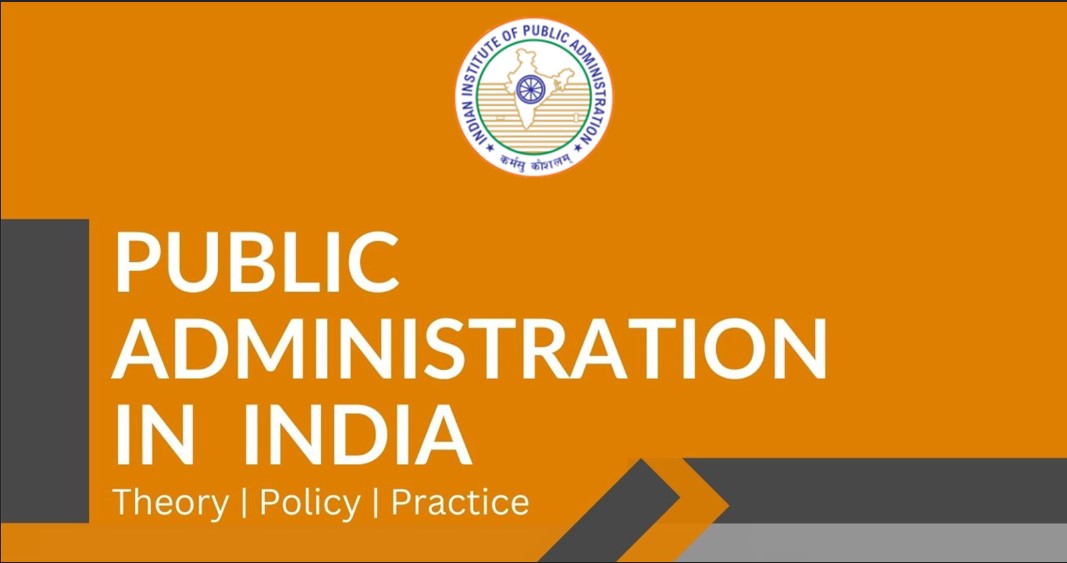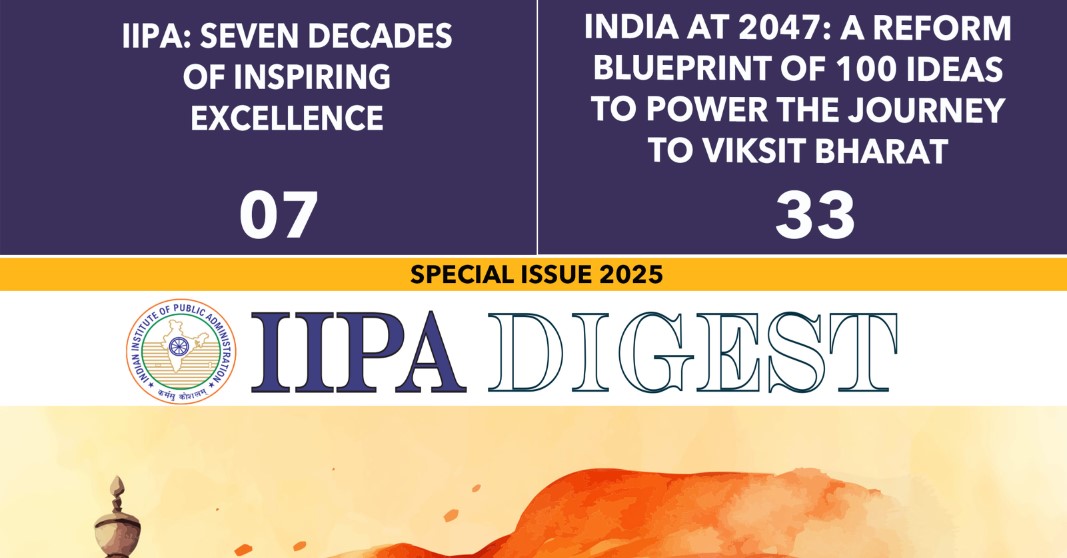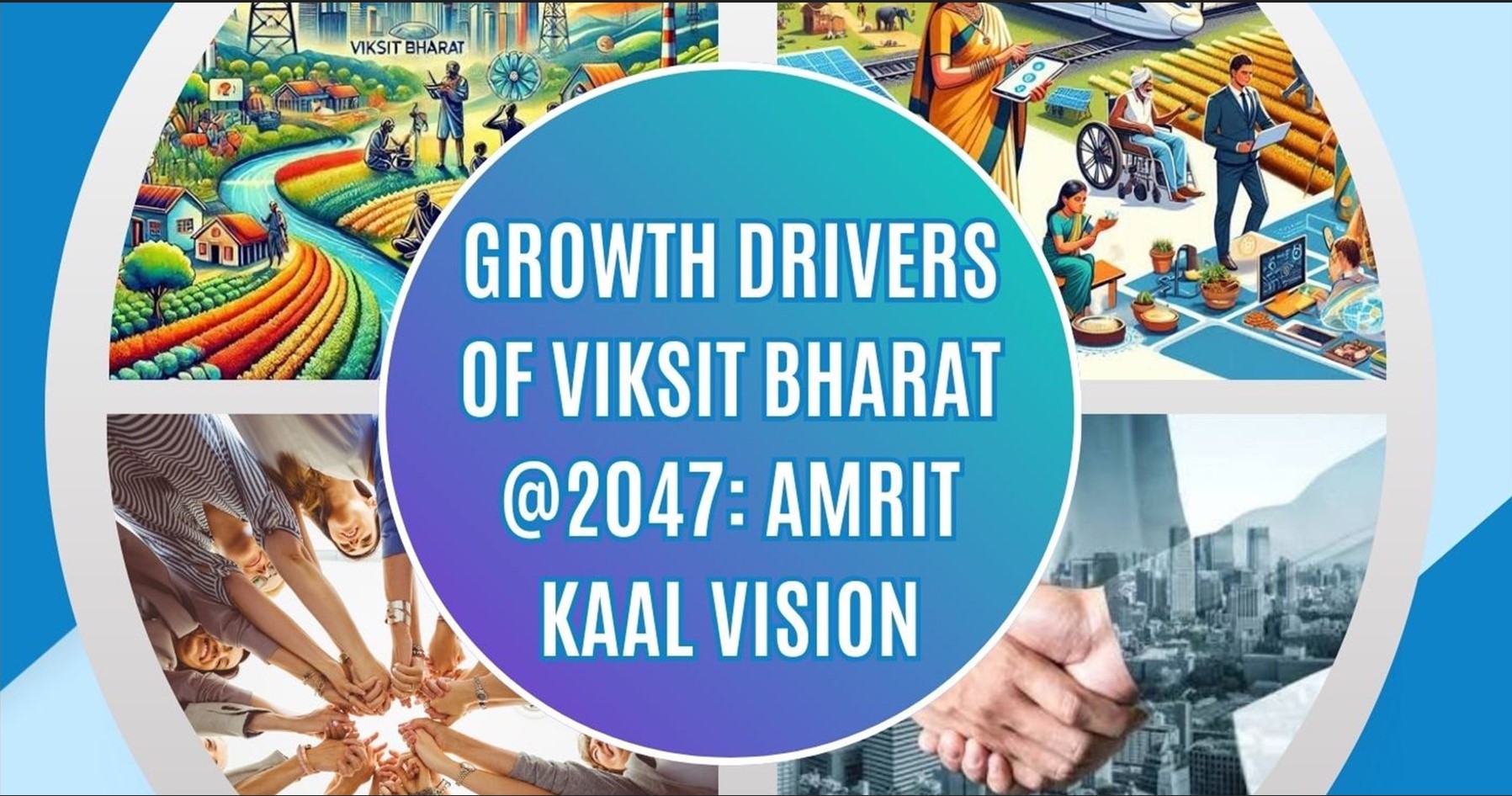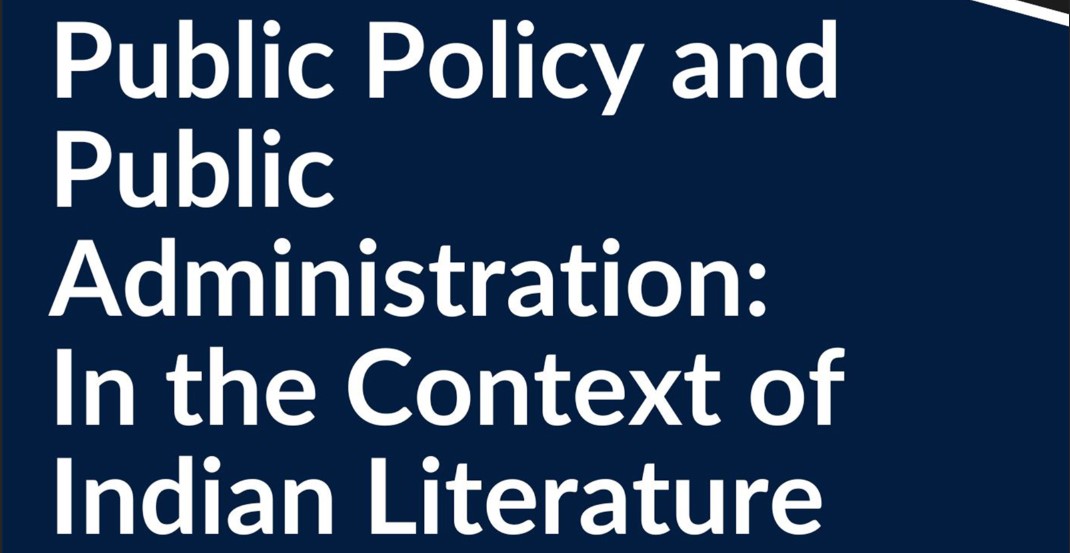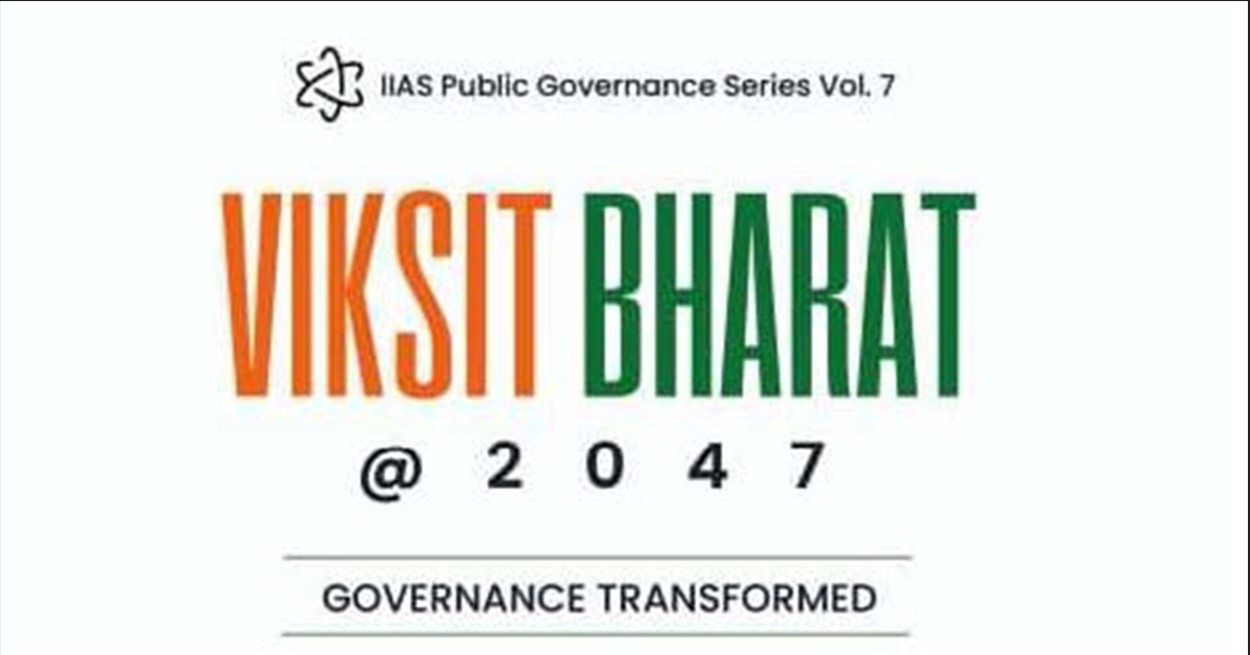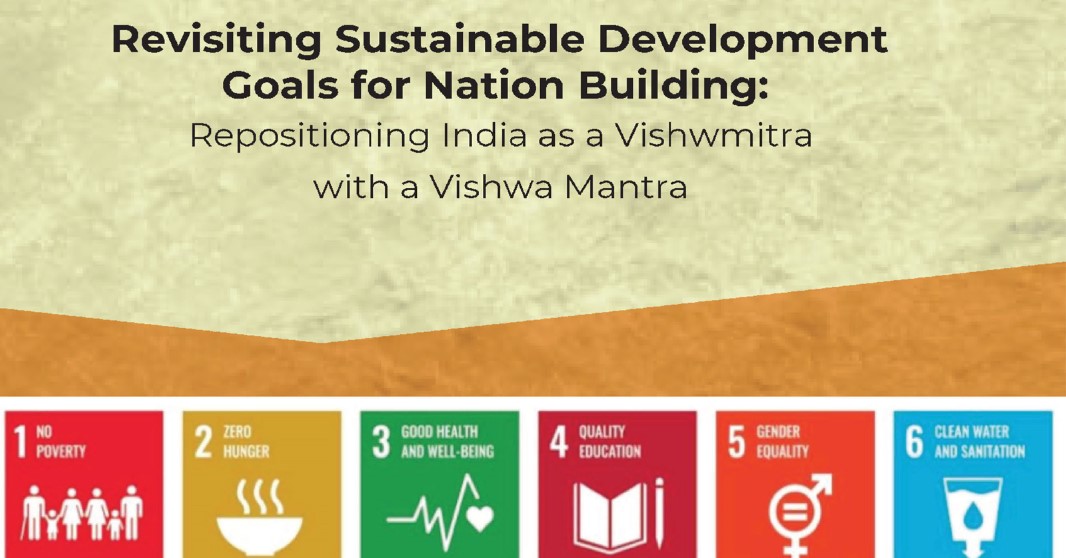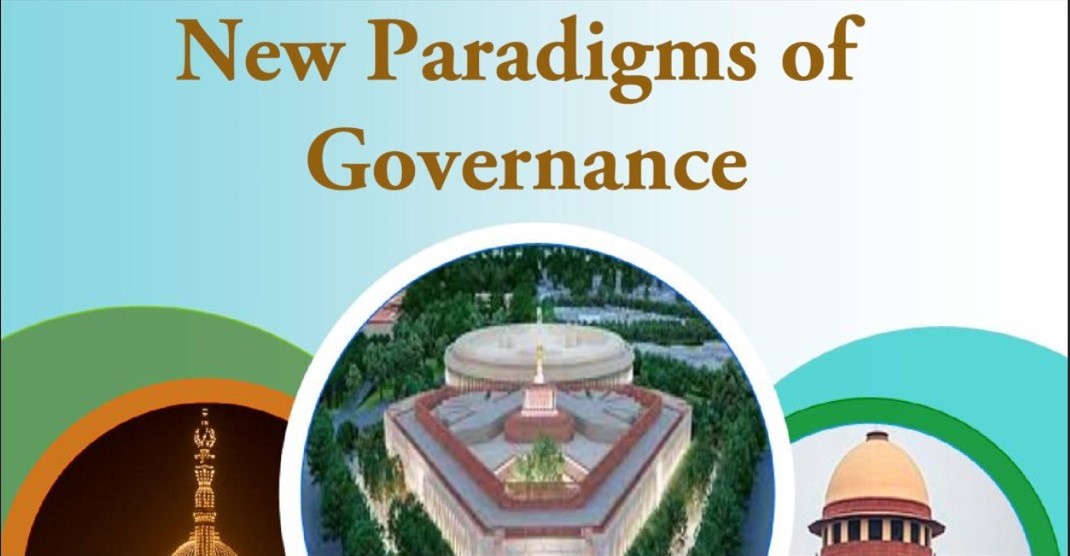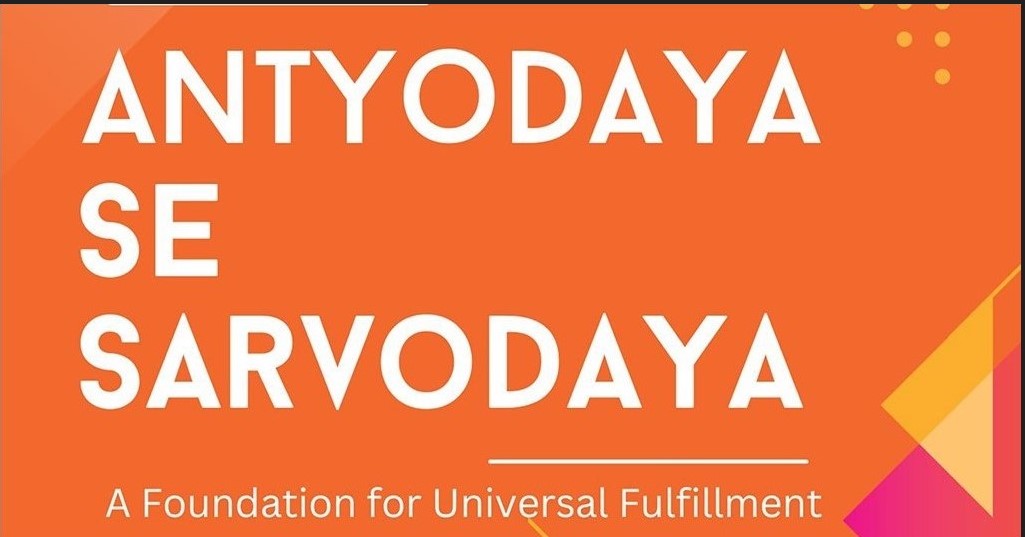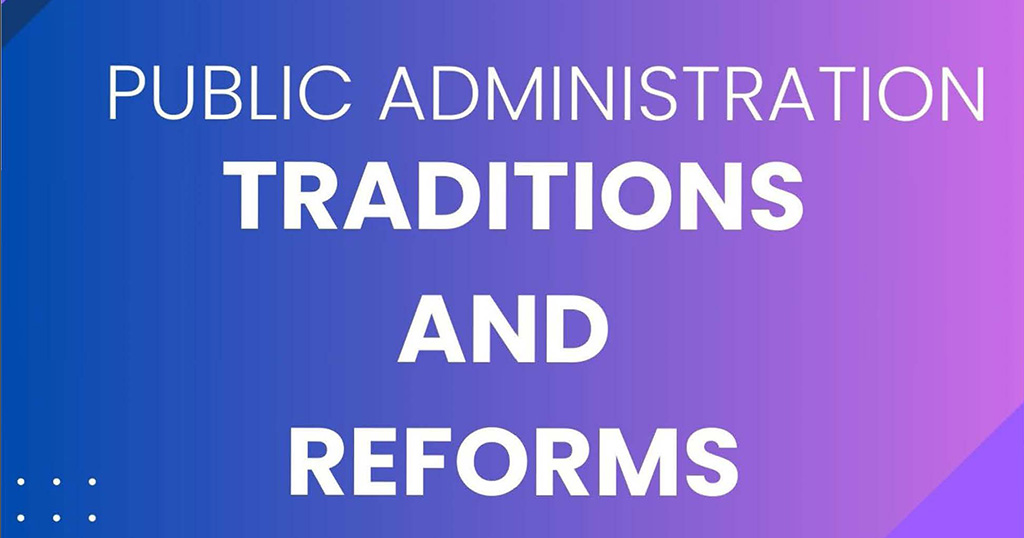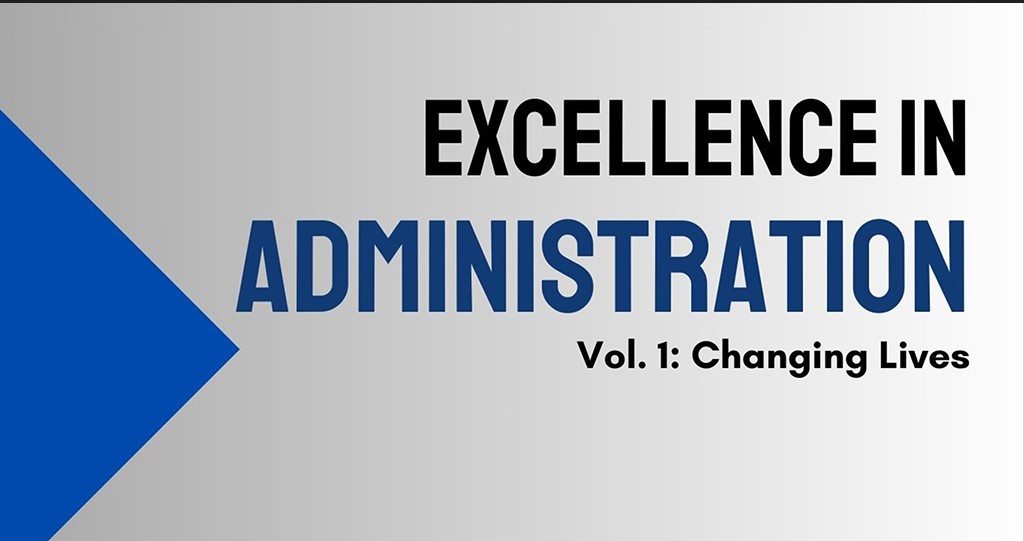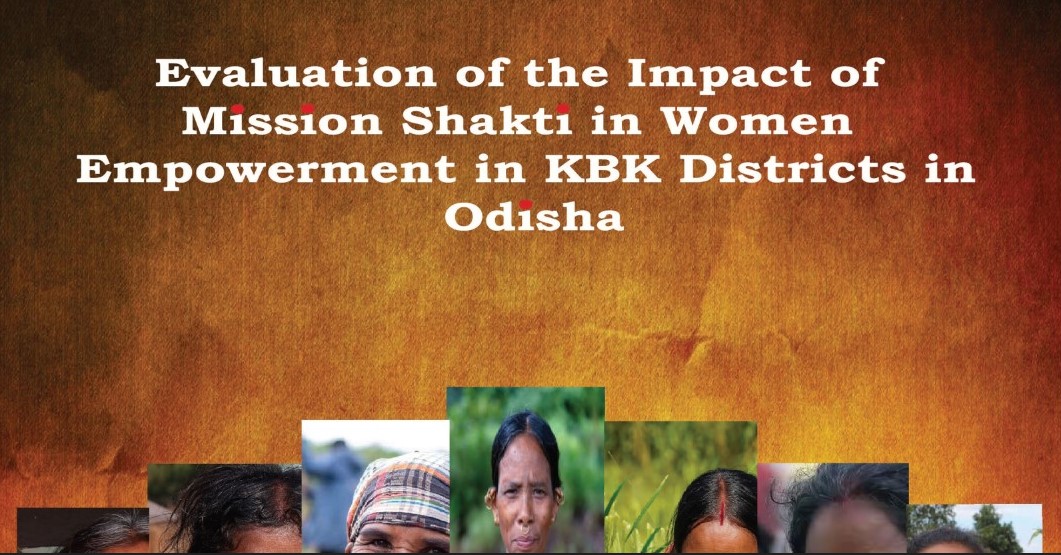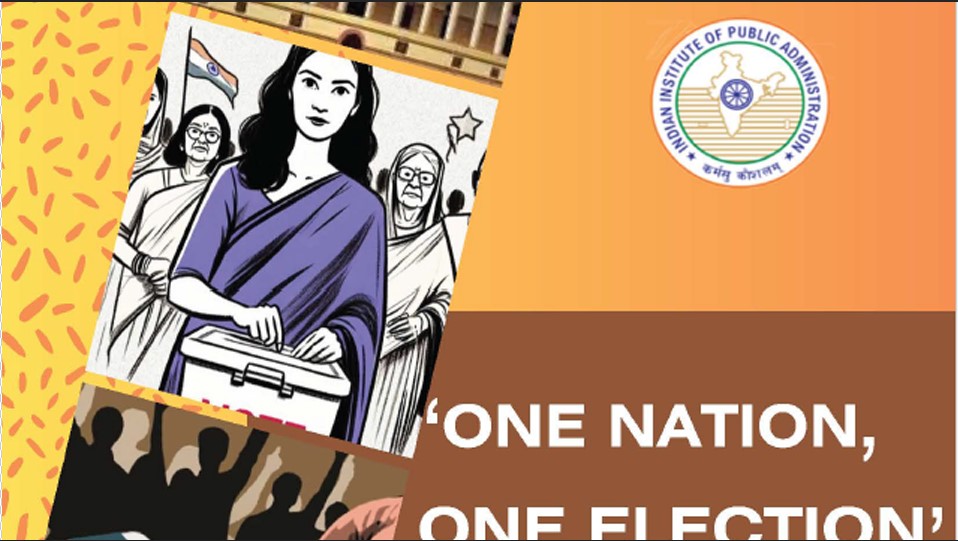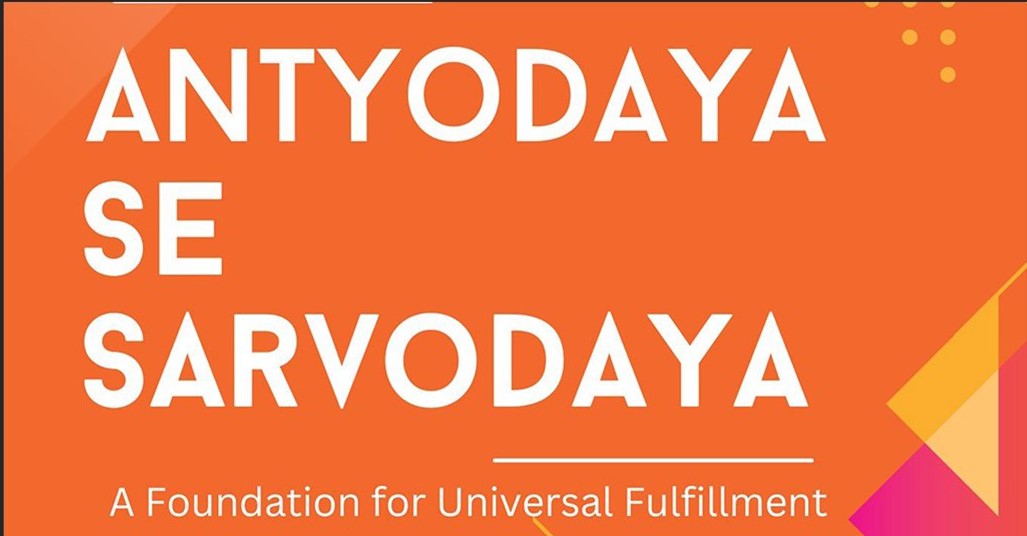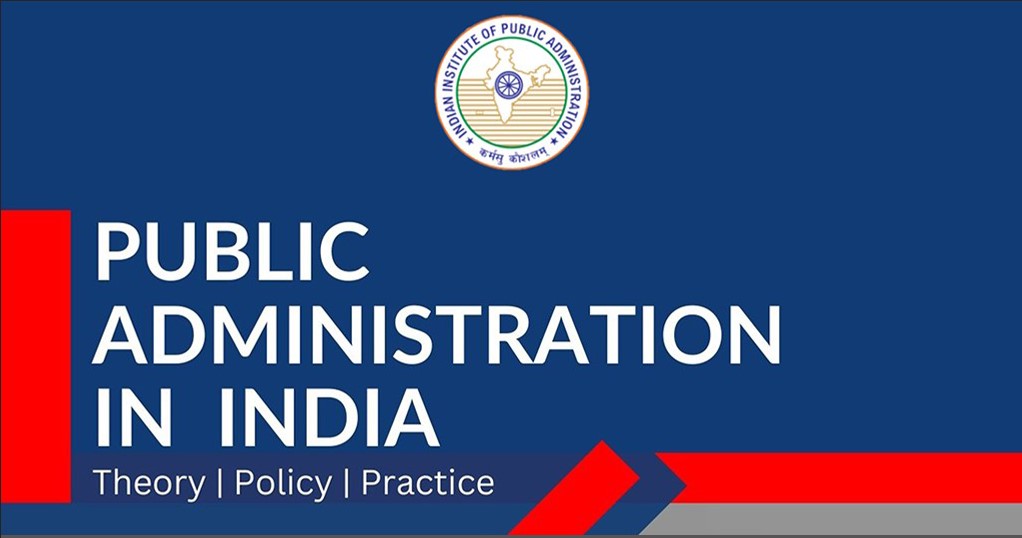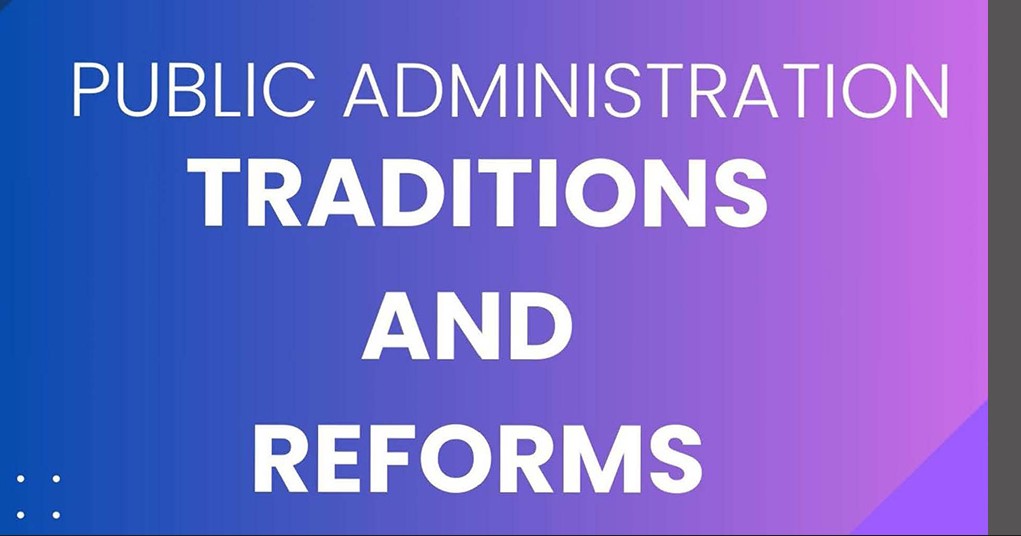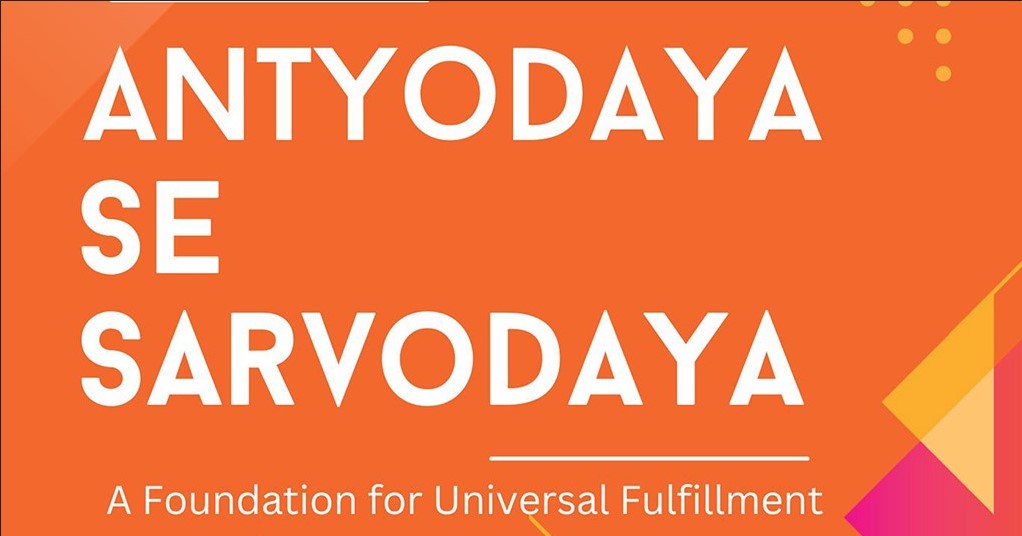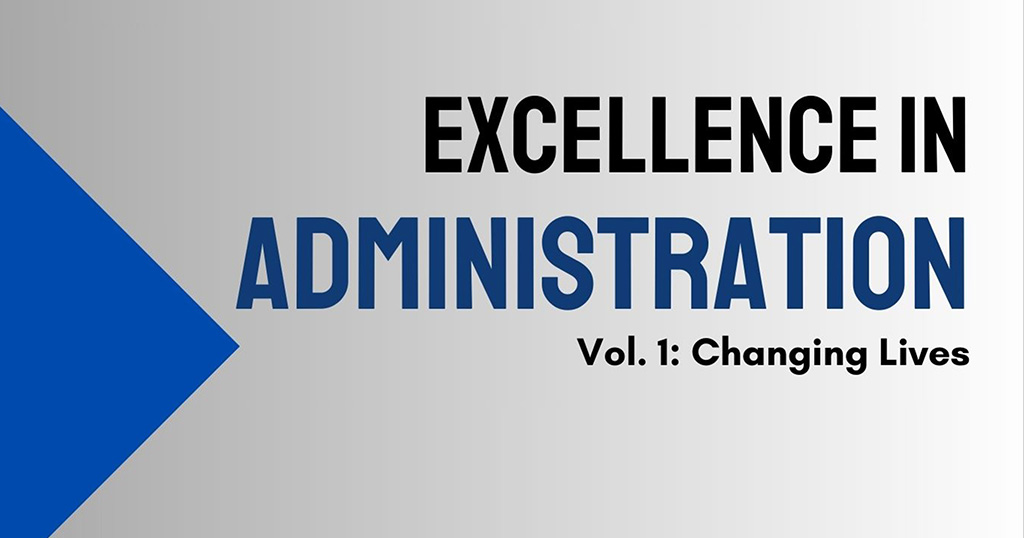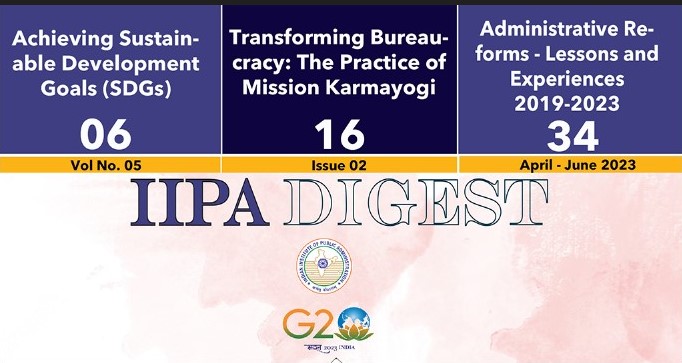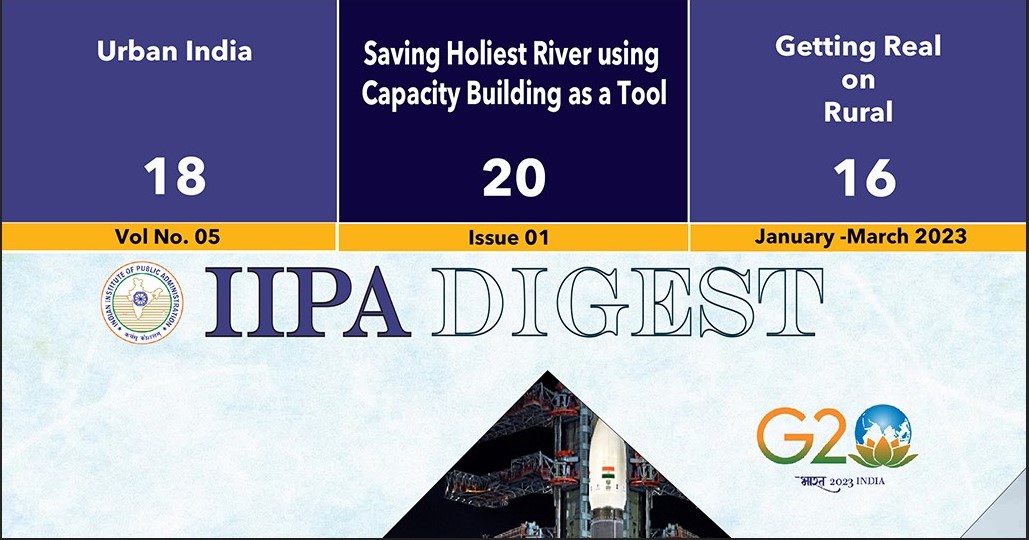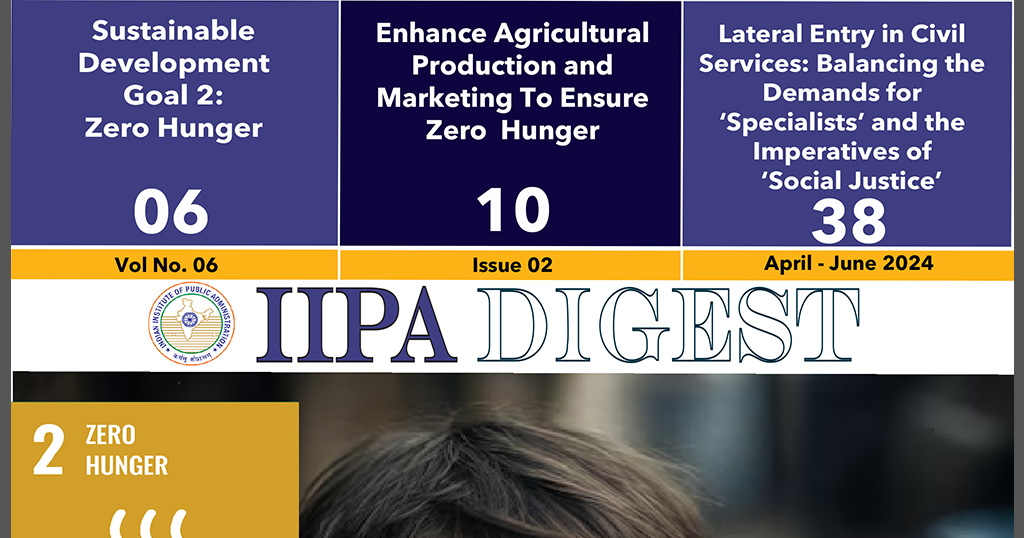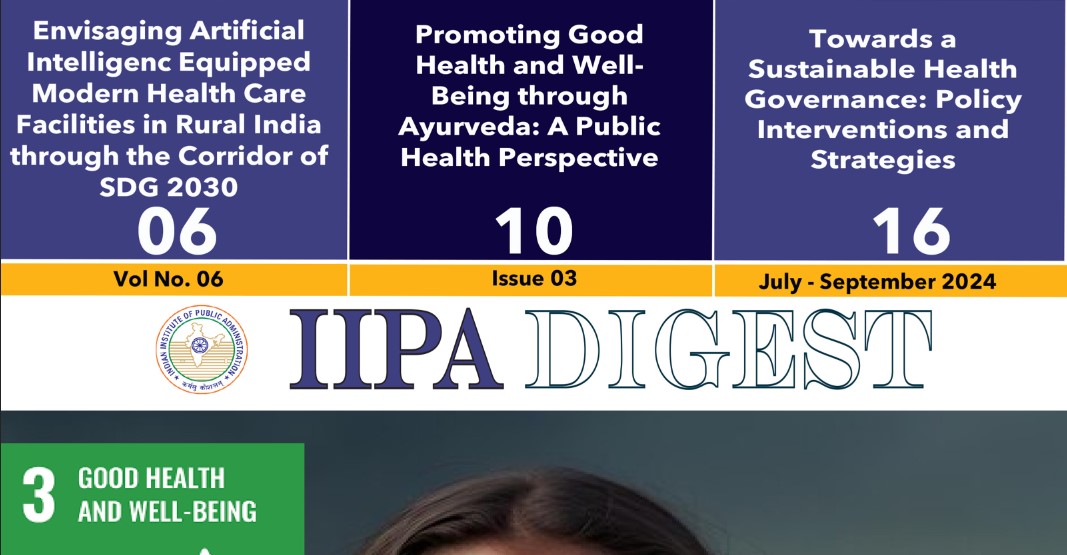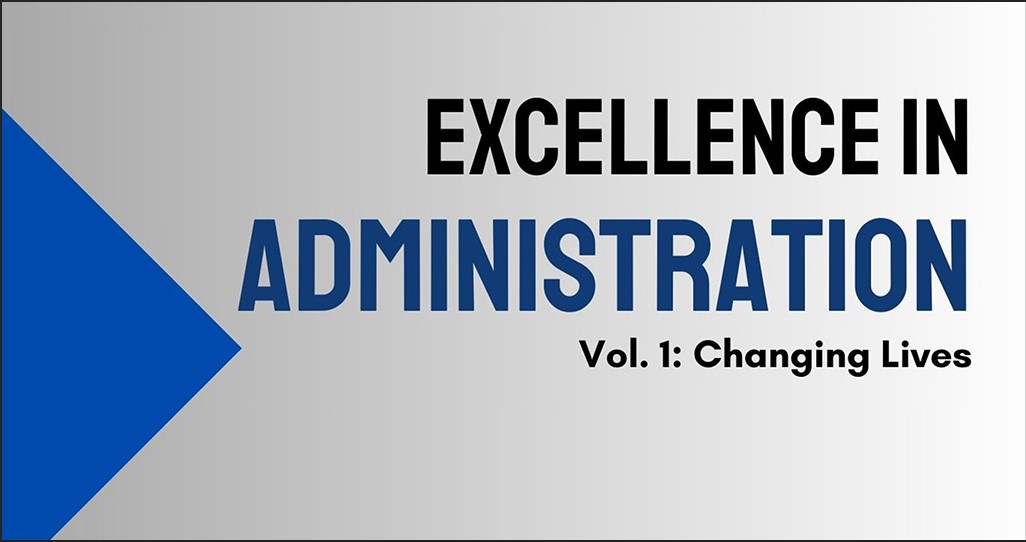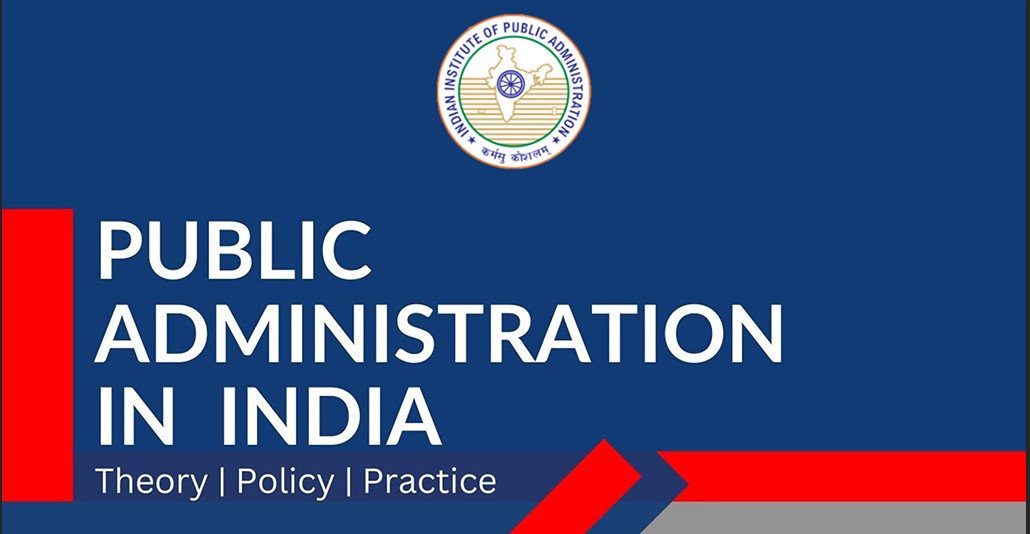Mission Youth in J&K: A Critical Analysis of PM Mission Youth in Shopian and Pulwama
Introduction
The region of Jammu and Kashmir has long been characterized by a complex interplay of geopolitical tensions, socio-economic challenges, and cultural diversity. For over three decades, the youth of this region have been significantly affected by ongoing conflict, which has not only stunted their personal and professional growth but has also contributed to a pervasive sense of disillusionment and insecurity. With approximately 69% of the population falling within the age group of 15 to 35 years, the youth demographic represents a critical segment of society that holds the potential to drive transformative change. However, the historical context of violence and unrest has often marginalized these young individuals, making them susceptible to radicalization and anti-social behavior.
The abrogation of Article 370 in August 2019 marked a pivotal moment in the political landscape of Jammu and Kashmir, leading to its reorganization as a Union Territory. This significant political shift created an opportunity for the Indian government to implement national-level initiatives aimed at fostering development and stability in the region. Among these initiatives was the Prime Minister's Mission Youth, which was launched with the objective of empowering the youth through targeted interventions in education, skill development, and employment generation.
The Mission Youth initiative was designed to address the multifaceted challenges faced by young individuals in Jammu and Kashmir. By focusing on skill enhancement and creating employment opportunities, the initiative aimed to transform the youth into ambassadors of peace, prosperity, and socio-economic development. The programme sought to bridge the existing gaps in education and employment, thereby addressing the historical grievances of the youth and fostering a sense of trust and engagement with the state.
Despite the ambitious goals of the Mission Youth initiative, the socio-political landscape of Jammu and Kashmir posed significant challenges to its implementation. The youth's lack of trust in the state government, exacerbated by a history of political instability and socio-economic disparities, created hurdles in effectively reaching and engaging the target population. Additionally, the ongoing social turmoil and insecurity in the region further complicated efforts to establish institutional mechanisms that could cater to the aspirations of the youth.
Programme Overview
The PM Mission Youth initiative is a flagship programme of the Government of India aimed at empowering the youth of Jammu and Kashmir. Launched in the wake of the abrogation of Article 370, the initiative seeks to address the unique challenges faced by the youth in the region, which has been marred by political turmoil and socio-economic underdevelopment.
The mission's overarching goal is to transform the youth of J&K into ambassadors of peace, prosperity, and socio-economic development. The initiative encompasses a wide range of interventions, including livelihood generation, skill development, education, psycho-social counseling, and recreational activities. By providing a structured framework for youth engagement, the programme aims to create a conducive environment for holistic development.
The genesis of PM Mission Youth can be traced back to the reorganization of Jammu and Kashmir as a Union Territory, which allowed for the implementation of national-level schemes in the region. The initiative gained momentum with the appointment of Dr. Shahid Iqbal Choudhary as the CEO, who was tasked with formulating and delivering schemes tailored to the identified beneficiaries.
To ensure effective implementation, the programme underwent meticulous planning and consultation with diverse stakeholders. The Governing Body, presided over by the Lieutenant Governor of Jammu and Kashmir, approved numerous schemes with a substantial state sanction of Rs 200 Crore. Recognizing the psychological impact of prolonged conflict, PM Mission Youth integrated psycho-social support services into its framework, addressing issues such as de-radicalization, de-addiction, and reintegration programmes.
The programme's implementation involved engaging with the youth through surveys and feedback mechanisms, establishing District Level Task Forces, and launching a Youth Volunteer Programme to increase youth engagement. The initiative also emphasized the importance of technology, creating a dedicated website and youth portal to facilitate access to information and services.
In this context, understanding the impact of the Prime Minister's Mission Youth initiative becomes crucial. The initiative not only represents a governmental effort to empower the youth but also serves as a potential catalyst for broader socio-economic transformation in Jammu and Kashmir. This study analyse the implementation and impact of the PM Mission Youth initiative in the Shopian and Pulwama districts, focusing on its effectiveness in promoting education, skill development, and employment opportunities for the youth.
Literature Review
The discourse on youth development in India gained significant momentum in recent years, particularly with the introduction of initiatives aimed at enhancing skills and fostering economic growth. Dr. Rohit Bansal, (2020) delved into the Skill India initiative, providing an in-depth analysis of the current status of skill development across the country while exploring the myriad challenges and opportunities that existed within this framework. Bansal articulated that skill development was not merely an economic necessity but a fundamental pillar for nation-building, especially in a country with a burgeoning youth population.
In his analysis, Bansal identified several critical challenges that hindered effective skill development, including inadequate training quality, a mismatch between the skills taught and those demanded by the job market, and a general lack of awareness regarding the importance of skill acquisition. He advocated for increased investment in skill development programmes, improved training quality, and enhanced collaboration among various stakeholders to create a more robust skill development ecosystem. This book served as a vital resource for understanding the broader context of skill development initiatives in India, including those specifically targeting the youth in Jammu and Kashmir.
Fayaz Ahmad Dar, (2021) complemented this discourse by providing a nuanced understanding of the challenges faced by youth in the region and the innovative ways they sought to overcome these obstacles.His study revealed that young individuals in Jammu and Kashmir confronted numerous barriers, including limited educational and employment opportunities, political instability, and social constraints. Despite these challenges, the paper highlighted the resilience of youth who engaged in education, entrepreneurship, and social activism. Dar identified key factors that facilitated or hindered youth empowerment, such as resource availability, community support, and government attitudes. His recommendations for policy and practice emphasized the need for investment in education and training, as well as the promotion of peace and reconciliation, which were essential for creating enabling environments for youth participation.
Anup Kumar Das, (2015) further enriched the literature by focusing on the importance of skills development for small and medium enterprises (SMEs). The paper outlined various government initiatives aimed at promoting skills development and discussed the challenges and opportunities in this area. Das emphasized the necessity for increased awareness of the importance of skills development, financial assistance for SMEs, and improved coordination among stakeholders. This research underscored the relevance of skill development initiatives, such as those included in the PM Mission Youth, in enhancing the employability of youth in Jammu and Kashmir.
Dr. Aadil Bashir and others, (2020) provided a comprehensive overview of the role of skill development in reducing unemployment in the region. The authors discussed the significance of skill development in addressing the high unemployment rates among youth and outlined key challenges, including limited access to quality training and financial resources. They recommended increasing awareness of skill development's importance, providing financial assistance for training, and improving coordination among stakeholders. This research highlighted the critical need for effective skill development programmes to combat unemployment in Jammu and Kashmir.
The Indian Express article titled J&K’s Mission Youth Wins PM Award for Innovation (2023) reported on the success of the Mission Youth initiative, which provided skills training and employment opportunities to youth in the region. The initiative was praised for its innovative approach and its positive impact on the lives of young individuals. However, the article also noted the need for further research to assess the initiative's long-term impact on unemployment rates and to identify best practices for scaling up similar programmes. The challenges of ensuring access to quality training facilities and the need for better coordination among stakeholders were also highlighted.
While the reviewed literature provided a solid foundation for understanding youth development initiatives and mission programmes, a research gap remained in examining the specific impact and effectiveness of the PM Mission Youth initiative in Shopian and Pulwama. This study aimed to address this gap by conducting a robust critical analysis of the initiative, exploring the unique challenges and opportunities within the region, and offering insights that could contribute to policymaking, programme design, and the overall advancement of youth development initiatives.
The literature underscored the importance of comprehensive, context-sensitive approaches to youth empowerment in Jammu and Kashmir. The Prime Minister's Mission Youth initiative represented a significant effort to address the unique challenges faced by the region's youth, and this study sought to contribute to the ongoing discourse on effective youth development strategies in similar socio-political contexts.
Objectives
The objective of this study was to critically analyze the effectiveness of the Prime Minister's Mission Youth initiative in the Shopian and Pulwama districts of Jammu and Kashmir. Specifically, the study aimed to assess the extent to which the initiative achieved its goals of promoting education, skill development, and employment among the youth. Additionally, the research sought to identify the challenges faced during the implementation of the initiative and to explore the perceptions of youth participants regarding its impact on their socio-economic conditions. By addressing these objectives, the study aimed to contribute valuable insights that could inform future youth development policies and programmes in the region.
To guide the analysis, the study focused on the following research questions:
1. To what extent did the PM Mission Youth initiative in Shopian and Pulwama achieve its objectives of promoting education among the youth population?
2. How effective were the skill development programmes implemented under the PM Mission Youth initiative in enhancing the employability of the youth in Shopian and Pulwama?
3. How did the PM Mission Youth initiative empower the youth in Shopian and Pulwama in terms of active participation in decision-making processes and engagement in community development activities?
4. What challenges and limitations were encountered in the implementation of PM Mission Youth in Shopian and Pulwama?
5. What recommendations could be made to improve the initiative based on the findings?
Methodology
This study employed a mixed-methods research design to comprehensively analyze the PM Mission Youth initiative. The rationale for selecting this approach stemmed from the need to capture both quantitative and qualitative data, allowing for a more nuanced understanding of the initiative's impact. The quantitative component involved administering questionnaires to a representative sample of youth participants in Shopian and Pulwama, which provided statistical insights into their experiences and perceptions of the initiative. The qualitative aspect included in-depth interviews and focus group discussions with youth beneficiaries, district officials, and stakeholders involved in the implementation of the initiative.
The study area, Jammu and Kashmir, was chosen due to its unique socio-political context and the pressing need for effective youth development programmes in a region historically affected by conflict and instability. By focusing on Shopian and Pulwama, the research aimed to address the specific challenges faced by youth in these districts and to evaluate the effectiveness of the PM Mission Youth initiative in fostering empowerment and socio-economic growth.
Findings
The findings of this study provide a comprehensive overview of the impact of the PM Mission Youth initiative in the Shopian and Pulwama districts of Jammu and Kashmir. The analysis is based on data collected from surveys, interviews, and feedback from youth participants, district officials, and stakeholders involved in the implementation of the initiative. The key findings are categorized into several thematic areas:
1. Awareness and Engagement
• High Awareness Levels: A significant majority of youth in both Shopian (90%) and Pulwama (92%) reported being aware of the PM Mission Youth initiative. This indicates effective government efforts in publicizing the scheme and reaching the target demographic.
• Information Sources: Social media emerged as the most popular source of information about the initiative, followed by newspapers and radio/TV. This highlights the importance of digital outreach in engaging the youth.
2. Participation and Volunteering
• Volunteering for Employment: A high percentage of youth in both districts (Shopian 92%, Pulwama 96%) volunteered to join the Mission Youth initiative, primarily seeking employment opportunities. This reflects a strong interest in the programme and its potential benefits.
• Perceived Impact on Unemployment: The majority of respondents (Shopian 84%, Pulwama 85%) believe that the initiative will address unemployment, although some skepticism remains regarding its long-term effectiveness.
3. Enrollment in Schemes
• Skill Development Focus: Most youth opted for skill development schemes, indicating a strong desire to enhance their skill sets for better employment prospects. This aligns with the initiative's goals of promoting education and skill development.
• Attraction of Volunteers: A majority (Shopian 90%, Pulwama 92%) believe that the initiative will attract more volunteers if implemented consistently, suggesting that ongoing engagement is crucial for the programme's success.
5. Challenges and Limitations
• Lack of knowledge: Lack of knowledge about the scheme were identified as significant challenges in both districts. These factors hinder effective outreach and engagement with the youth.
• Need for Special Schemes: Participants suggested the introduction of special schemes for marginalized groups, including women and differently-abled individuals, to ensure inclusivity in the initiative.
6. Overall Success and Future Outlook
• Positive Perception of the Initiative: Over 85% of participants in both districts consider PM Mission Youth a successful venture by the government. This indicates a general sense of optimism regarding the initiative's potential to effect positive change.
• Private Sector Engagement: More than 80% of participants agree that it is the right time for private players to invest in Kashmir, indicating a shift in mindset towards development and progress.
7. Success Stories and Impact
• Employment Generation: The initiative has reportedly provided employment opportunities to over 160,000 youth in the first two years, showcasing its effectiveness in addressing unemployment.
• Skill Development Outcomes: Success stories from beneficiaries of schemes like Mumkin and Tejaswini highlight the positive impact on livelihoods, with many participants successfully establishing their own businesses.
Recommendations
1. Enhance Awareness and Publicity
• Outreach Efforts Should Be Expanded: The PM Mission Youth initiative should be publicized through various channels, particularly social media, to ensure that all segments of the youth population are informed about the available schemes and opportunities.
• Local Media Should Be Utilized: Local newspapers, radio, and community events should be engaged to disseminate information about the initiative, ensuring that even those with limited access to digital platforms are reached.
2. Strengthen Skill Development Programmes
Skill development programmes that address the specific needs of the local job market should be expanded, particularly in sectors such as Information Technology, Traditional Handicrafts, and Music.
3. Address the Drug Menace
The issue of drug addiction in the region should be recognized and openly addressed by providing support and resources for rehabilitation and counseling as part of the PM Mission Youth framework.
4. Promote Women’s Education
Efforts to promote women's education should be increased, particularly in light of the cultural shifts caused by prolonged conflict. Scholarships and vocational training specifically for women should be supported to empower them economically and socially.:
5. Optimize Age Criteria
The eligibility age criteria for participation in PM Mission Youth schemes should be considered for reduction to 15-30 years. This adjustment would address the vulnerability of youth to anti-national activities during their formative years.
6. Foster Community Engagement
Active engagement with the local community should be pursued by adopting a top-down approach in programme implementation. Community-led development projects that encourage participation and ownership among the youth should be promoted.
7. Introduce Special Schemes for Special Groups
Special schemes and reservations for marginalized groups, including women and differently-abled individuals, should be introduced to ensure that all youth have access to the benefits of the initiative.
8. Implement Job Reservations and Tax Incentives
Job reservations for youth participating in PM Mission Youth should be implemented to guarantee employment opportunities. Tax incentives for businesses that hire individuals from the programme should be considered.
9. Improve Website User Experience
The user-friendliness of the PM Mission Youth website should be improved by incorporating online tutorials and resources to facilitate easier navigation and application processes for youth.
10. Address Long-Term Funding and Political Stability
Long-term funding and resources for sustaining the PM Mission Youth activities should be secured. The challenges posed by political instability and security concerns should be addressed to ensure the programme's continuity and effectiveness.
11. Encourage Private Sector Engagement
Private sector investment in Kashmir should be encouraged to create more employment opportunities and foster economic development. Partnerships and collaborations with local businesses should be pursued.
12. Regularly Evaluate and Adapt
A robust monitoring and evaluation system should be established to continuously assess the effectiveness of the PM Mission Youth initiatives. Adaptive changes based on feedback and evolving needs of the youth should be embraced.
13. Monitor the Impact on Reducing Terrorism
The impact of the scheme on reducing terrorism through positive engagement with the youth should be continuously evaluated. Strategies should be adapted based on ongoing evaluations and feedback to enhance the programme's effectiveness in promoting peace and stability.
Conclusion
The Prime Minister's Mission Youth initiative represents a significant effort to address the unique challenges faced by the youth in the Shopian and Pulwama districts of Jammu and Kashmir. This study critically analyzed the initiative's effectiveness in promoting education, skill development, and employment opportunities among young individuals in the region. Through a mixed-methods approach, combining quantitative surveys and qualitative interviews, the research provided valuable insights into the initiative's impact and the challenges encountered during its implementation.
The findings revealed that the initiative has positively influenced youth empowerment, with a substantial percentage of participants reporting educational support and successful completion of skill development training. Additionally, many respondents expressed satisfaction with the initiative, indicating that it has contributed to their confidence and employability. However, the study also identified several challenges, including limited awareness of the initiative, inadequate training facilities, a shortage of qualified trainers, and socio-political factors affecting youth engagement.
Based on these findings, the study proposed several recommendations aimed at enhancing the initiative's effectiveness and sustainability. These recommendations include improving outreach and awareness, investing in training infrastructure, recruiting qualified trainers, addressing socio-political challenges, providing financial support, establishing a robust monitoring and evaluation framework, and fostering community engagement.
In conclusion, the PM Mission Youth initiative has the potential to significantly impact the lives of young individuals in Jammu and Kashmir. By addressing the identified challenges and implementing the proposed recommendations, stakeholders can enhance the initiative's effectiveness and ensure that it continues to empower youth, promote skill development, and facilitate employment opportunities in the region. The insights gained from this study contribute to the ongoing discourse on youth development strategies and highlight the importance of context-sensitive approaches in similar socio-political environments.
Bibliography
1. Bansal, R. (2020). SKILL INDIA: A Catalyst to Nation Building. Department of Management Studies in Vaish College of Engineering, Rohtak. First Impression. ISBN: 978-81-946373-4-9.
2. Bashir, A., Bashir, U., Lone, A., & Tariq, A. (2018). Understanding the Role of Skill Development and Its Impact on Unemployment in Jammu and Kashmir. Kashmir Journal of Social Sciences, 6/7, 30-41. ISSN: 0975-6620. Department of Social Work, University of Kashmir, J&K, India; Department of Management Studies, Islamic University of Science & Technology, Awantipora, J&K, India.
3. Bhat, Z. A. (2022). Educational and cultural analysis of Gujjar and Bakerwal community: An exploratory study of district Ganderbal. Thesis. Retrieved from ResearchGate (accessed on 10 August 2023).
4. Das, A. K. (2015). Skills development for SMEs: Mapping of key initiatives in India. Institutions and Economies, 7(2), 120-143.
5. Dar, F. A. (n.d.). Opening spaces for youth in Jammu & Kashmir. Retrieved from Crisis Resource.
6. Government of Jammu and Kashmir, Office of the Chief Executive Officer. (2023, March 23). Mission Youth J&K Civil Secretariat, Srinagar/Jammu NOTIFICATION.
7. Guidelines of Young Innovators Program. (2015). Institutions and Economies, 7(2), 120-143. Retrieved from SSRN.
8. Indian Express. (2023, April 21). J&K's Mission Youth wins PM award for innovation. Retrieved from Indian Express.
9. Jindal, M.K., & Bhardwaj, A. (2016). Entrepreneurship Development in India: A New Paradigm. In Proceedings of World Congress on Engineering 2016 (Vol. II).
10. Kedar, M. S. (2015). Skill development in India: Challenges and opportunity. International Institute of Management & Research Centre, 1(5). Retrieved from IRJMS.
11. Wion. (2023). Foundation stone of J&K’s first foreign investment project laid, ‘Mall of Srinagar’ to be built by UAE's EMAAR. Retrieved from WION.
12. Yadav, S. K. (2018). Skill Development Mission in India- A Step towards Governance and Effectiveness. Global Journal of Enterprise Information System.
Leave a comment
More articles from Governance & Polity
